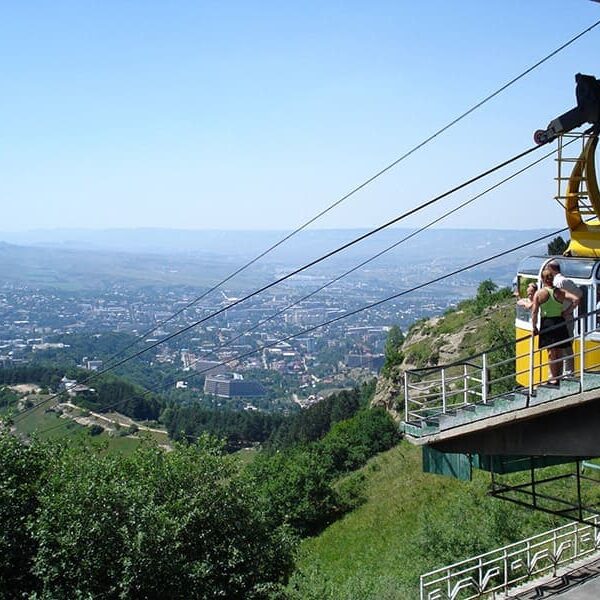Cable cars have a rich history dating back to the 19th century, when they were first developed as a means of transportation in hilly and mountainous areas. Since then, cable cars have become a popular mode of transportation in many cities around the world, as you can also visit the popular games at casinossinlicencia.org . In this article, we will look at the history of cable cars, from their early beginnings to their modern use.
Early Developments
The idea of using cables for transportation dates back to the 1820s, when mining companies in England began using simple rope-hauled railways to transport coal and other materials out of mines. These early systems were primitive and often unreliable.To solve this problem, simple rope-hauled railways were introduced. These railways utilized a system of pulleys and ropes to lift and lower materials, pioneering the basic principles of cable-based transport.
Industrial Revolution
The Industrial Revolution marked a turning point in cable car development. With the advancement of technology, particularly in the manufacturing of steel cables and machinery, engineers began to explore more sophisticated cable car systems. These systems were used not only in mining but also in other industries, such as construction and logging, where the need for efficient transportation of materials was paramount.
Urban Transportation
The potential of cable car technology for urban transportation was realized in the mid-19th century. In 1834, the first known passenger-carrying cable car was introduced in England. Known as the “Anglo-American,” this system was used to transport passengers up and down a steep incline at the Cheltenham Spa. Although the Anglo-American system was short-lived, it laid the groundwork for future developments in urban cable car transportation.
The Rise of Cable Cars
One of the most significant milestones in cable car history was the development of the San Francisco cable car system by Andrew Smith Hallidie. Inspired by the challenges of transporting goods and people up the steep hills of San Francisco, Hallidie designed a system that utilized a grip car that grabbed onto a continuously moving cable beneath the street. Hallidie’s system used a combination of cables, pulleys, and grip cars to transport passengers up and down the city’s steep hills. The first successful test of the system took place on August 2, 1873, marking the birth of the world’s first successful cable car system. The system soon became a popular means of transportation for both locals and tourists.
Expansion and Innovation
Following the success of the San Francisco cable car system, similar systems were built in cities around the world, including Chicago, New York, and London. These systems used a variety of technologies, including steam power and electricity, to operate the cables that pulled the cars along their tracks.
Notable Cable Car Systems Around the World
| City | Year Opened | Length (km) | Notes |
| San Francisco | 1873 | 9.7 | The oldest continuously operating system |
| Chicago | 1882 | 9.6 | The second-largest system in the US |
| New York | 1893 | 2.6 | The only surviving cable car system in NYC |
| London | 1909 | 0.4 | The shortest cable car system in the world |
Modern-Day Cable Cars
While many cities have phased out their cable car systems in favor of more modern forms of transportation, such as buses and subways, some cities continue to operate cable cars as a tourist attraction. In recent years, there has been a resurgence of interest in cable cars as a sustainable mode of urban transportation, with new systems being planned and built in cities around the world.
Question and Answer Block:
Q: What was the first successful cable car system?
A: The first successful cable car system was developed in 1873 by Andrew Smith Hallidie in San Francisco, California.
Q: How did early cable car systems operate?
A: Early cable car systems used a combination of cables, pulleys, and grip cars to transport passengers up and down steep hills.
Q: What cities have notable cable car systems?
A: Some cities with notable cable car systems include San Francisco, Chicago, New York, and London.
Q: Are cable cars still used today?
A: While many cities have phased out their cable car systems, some cities continue to operate them as a tourist attraction. Additionally, there has been a resurgence of interest in cable cars as a sustainable mode of urban transportation in recent years.
The early developments of cable cars represent a pivotal period in the history of transportation. From their humble beginnings in mining operations to their transformation into a vital urban transportation system, cable cars have played a significant role in shaping the way we move people and goods. Today, cable cars continue to be a popular mode of transportation in many cities, blending a rich history with modern technology to provide efficient and scenic transportation options.
